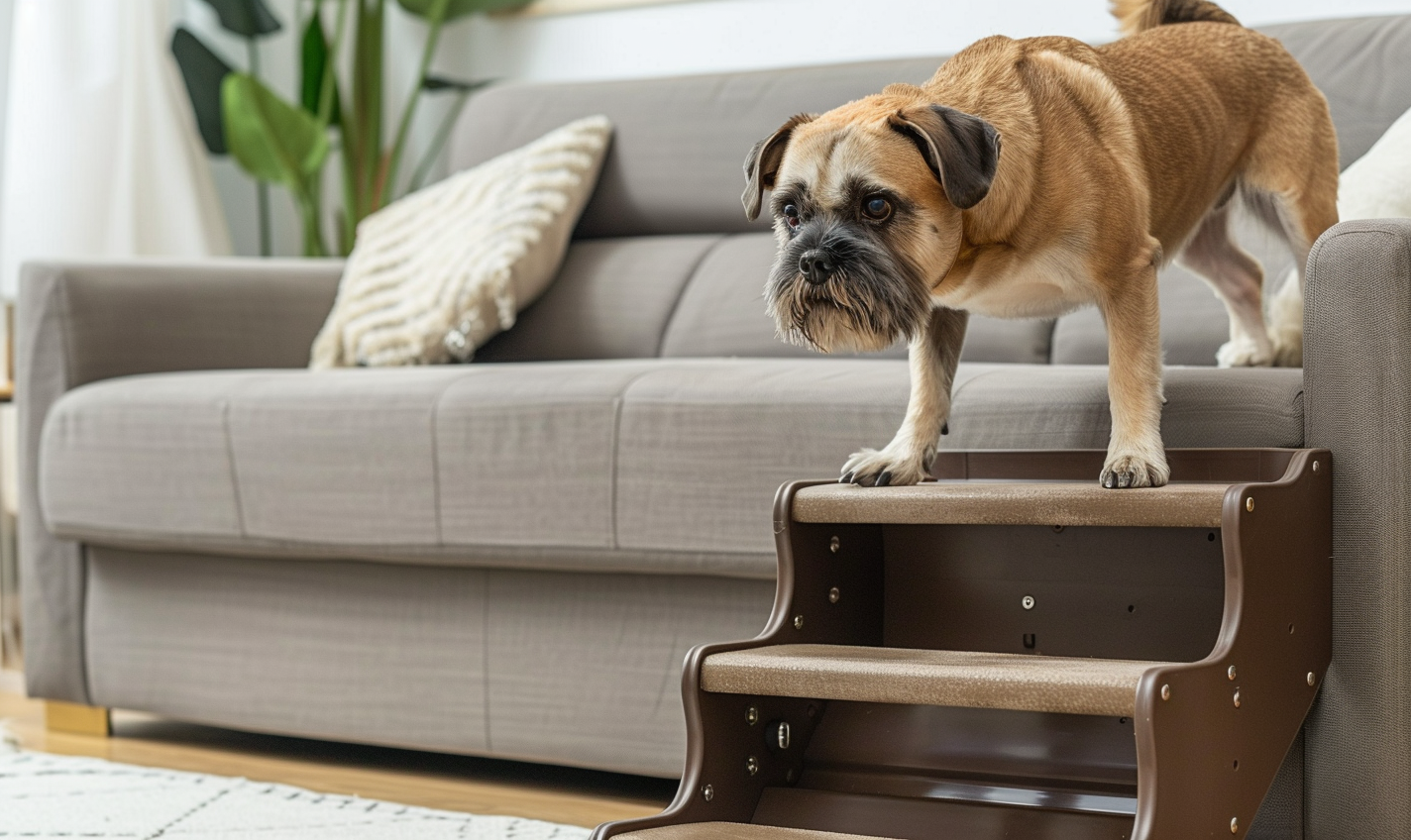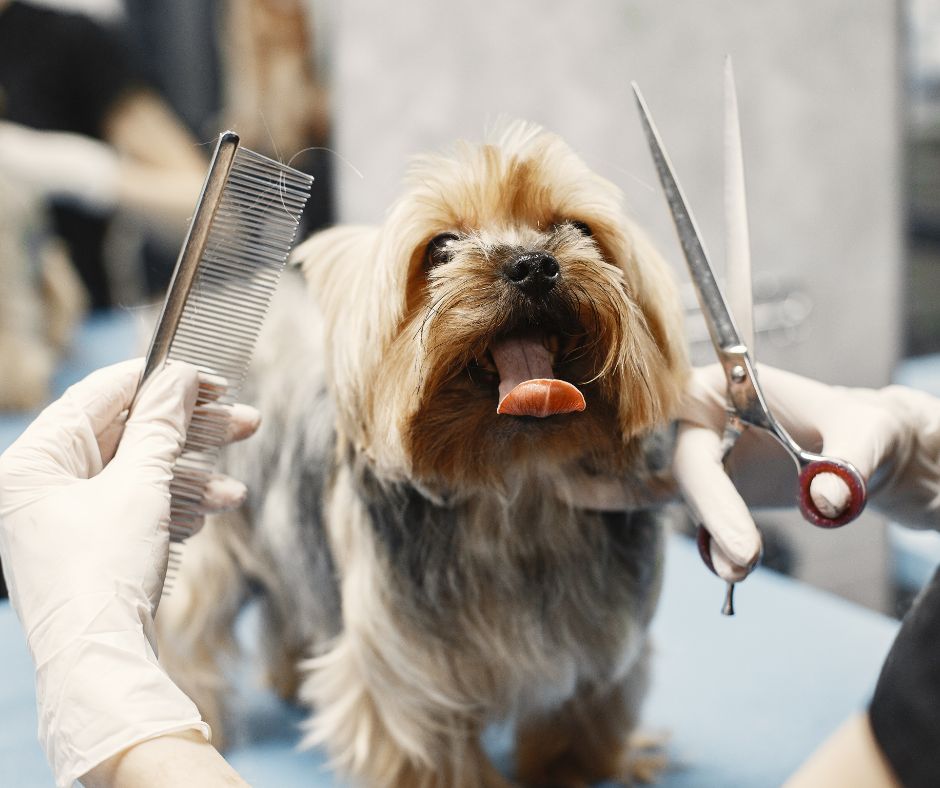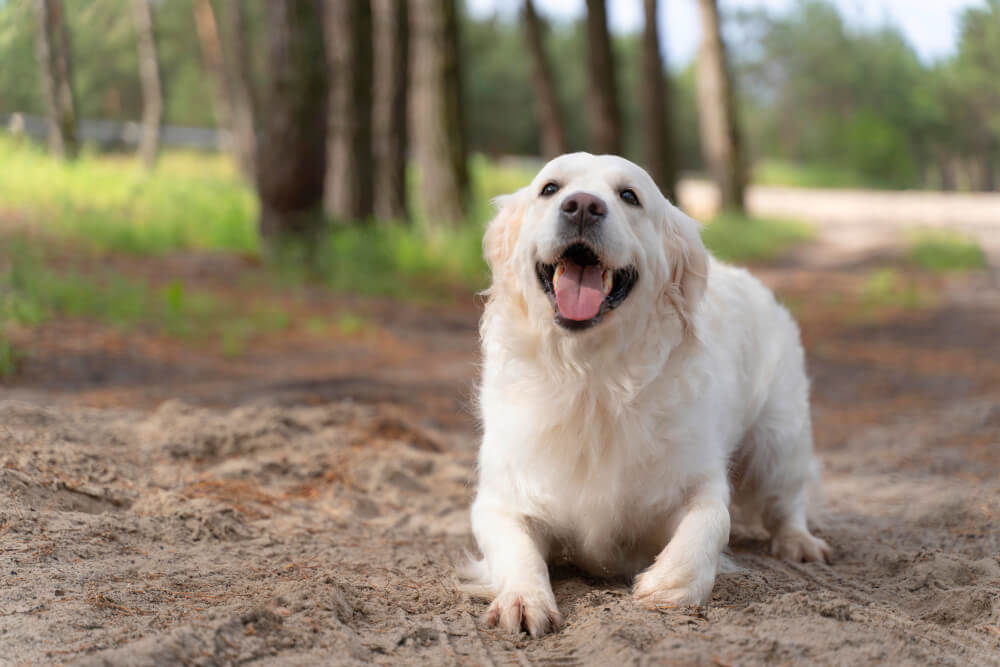Is grooming safe for senior dogs with health conditions? While it doesn’t really sound like something that could be dangerous, there are some things you need to keep in mind when taking your older pup to the groomer.
Like us, our older pups start to wear out as they get older. As James Garner said in The Notebook, it’s “a general wearing out process.” Health issues in senior dogs can range from arthritis to hip dysplasia and a host of other illnesses.
FAQ
Pet insurance is a health insurance policy specifically for your pet. It helps cover the cost of veterinary care, including accidents, illnesses, and preventive care, depending on the plan you choose.
Now is the best time to get pet insurance because veterinary costs are rising, and having coverage can provide financial peace of mind. Early enrollment often means better rates and coverage before any pre-existing conditions develop.
Because of that, some people are hesitant to take their older dogs to the groomer for fear of making the condition worse.
The good news is that, in general, it’s reasonably safe to take your older dog for a grooming session. Still, as I said, there are a few things to remember. Let’s take a closer look.
Senior Dogs with Health Issues and Grooming
In general, grooming for senior dogs with health conditions is quite safe. Even older, sick dogs can be groomed, provided that extra care is taken when doing it.
The main thing is to take your dog to a groomer who has experience with older dogs.
They’ll understand the unique care that should be taken when grooming older pooches. Each senior dog is different, and each one requires a different approach. A groomer who has experience with older guys knows exactly what to do and what not to do.
- Fetch machines
- Blaster
- Sling
- Thrower
- Fetch machines
- Blaster
- Sling
- Thrower

Table of Contents
Joint Issues
One of the biggest fears that owners of senior dogs have is how grooming will affect their dogs’ joints. Older dogs tend to get arthritis and stiff joints, so standing in one place can become painful. Experienced groomers will understand this and take appropriate measures, like giving the dog a break and ensuring that their joints receive adequate movement throughout the process.

If your dog suffers from arthritis, you may want to consider adding a supplement to his daily diet. I recommend Vet Naturals Hemp & Hips Plus CBD. It doesn’t cure arthritis (sadly, NOTHING does), but it really does help improve Fido’s quality of life.
Quick disclaimer: if you decide to purchase a SpotOn virtual fence for your pup through my referral link, I’ll earn a small commission at no extra cost to you. Also, this is not a sponsored review. I never delete the negative comments and talk about negative things compare to many other reviews.
Due to ongoing supply issues with electronics, the SpotOn fence might not occasionally go out of stock. If you see it available and decide it’s right for you, I recommend grabbing it right away.
Stress
Another thing that worries owners of older dogs is the stress associated with grooming. Don’t worry! Even if your dog absolutely hates the groomers, it’s not going to kill him. In fact, an experienced groomer will take things slowly, and put the necessary effort into ensuring that your dog remains calm throughout the process. You can help reduce the stress by giving your groomer a head’s up about the things that make your dog act scared or nervous. If he freaks out over loud sounds, for example, let her know to skip the blow dryer and stick to towel and fluff drying.
Heart Issues
When I worked at the vet, several of our clients asked if their dogs with heart issues were okay to be groomed. They feared that any extra stress would kill them. It won’t. I’ve never heard of a stress-induced heart attack in dogs. Neither had the vet I worked for.
Sedation
Here’s where things can get tricky. Some dogs require sedation to be groomed. They’re just too combative, and it’s dangerous for the dog and the groomer. In a young, healthy dog, it’s not a big deal to give a mild sedative that puts them into a light sleep.
For senior dogs with health issues, it’s still doable but requires a vet’s supervision. If your dog is a total disaster, take him to a groomer/vet combo. They’re out there. The vet can supervise sedation and periodically check your dog throughout the grooming process.

Must-Know Tips for Grooming Senior Dogs with Health Issues
Along with the tips mentioned above, there are a few other things you can do to make sure your dog’s grooming session goes smoothly.
- Schedule the first appointment of the day. You’ll want to make the overall experience as quick as possible. Schedule the first appointment of the day (or the first right after lunch) so you can get in right at your appointment time instead of waiting around.
- Stay with your dog. I know that many people run errands until their dog is done, but when you have a senior dog with health issues, try to stay put instead. You don’t want to be halfway across town if your pooch has an emergency.
- Use a mobile groomer. Even better, have the groomer come to you! Some mobile groomers will come into your home to work, while others have their own RV-like shop. Just make sure they’re experienced and reliable. If you have to decide between a fabulous groomer outside the home and a “just okay” mobile groomer, opt for the fabulous one.
- Keep it simple. The overall goal of grooming a senior dog is cleanliness and comfort, not fancy and ready for the puppy prom!

Senior Dogs with Health Issues CAN Be Groomed
In most cases, it’s totally doable to groom senior dogs with health issues. They just require a little extra TLC. All you need to do is find a groomer with experience in grooming senior dogs – preferably attached to a vet – and you can rest easy while your dog is being groomed.

Pros and Cons at Glance
- Financial Protection
- Access to Quality Care
- Peace of Mind
- Preventive Care Options
- Monthly Premiums
- Exclusions and Limitations
- Upfront Payments
- Complex Policies
Advantages of Pet Insurance

Pet insurance helps cover the cost of unexpected veterinary bills for accidents and illnesses, protecting you from significant out-of-pocket expenses. Monthly premiums make it easier to budget for your pet’s healthcare needs.
Insurance allows you to afford a wider range of treatments and procedures, including emergency care, surgeries, and specialist consultations. Some plans include coverage for preventive care such as vaccinations, dental cleanings, and annual check-ups.
Disadvantages of Pet Insurance

The need to pay monthly premiums can add up, and if your pet remains healthy, you might feel like you’re not getting your money’s worth. Pet insurance typically does not cover pre-existing conditions, which can be a significant drawback if your pet has ongoing health issues.
Certain policies exclude hereditary or breed-specific conditions, limiting the coverage available. Most pet insurance plans operate on a reimbursement basis, meaning you must pay vet bills upfront and then wait for reimbursement, which can take time.
Author
Ryan
Writer


